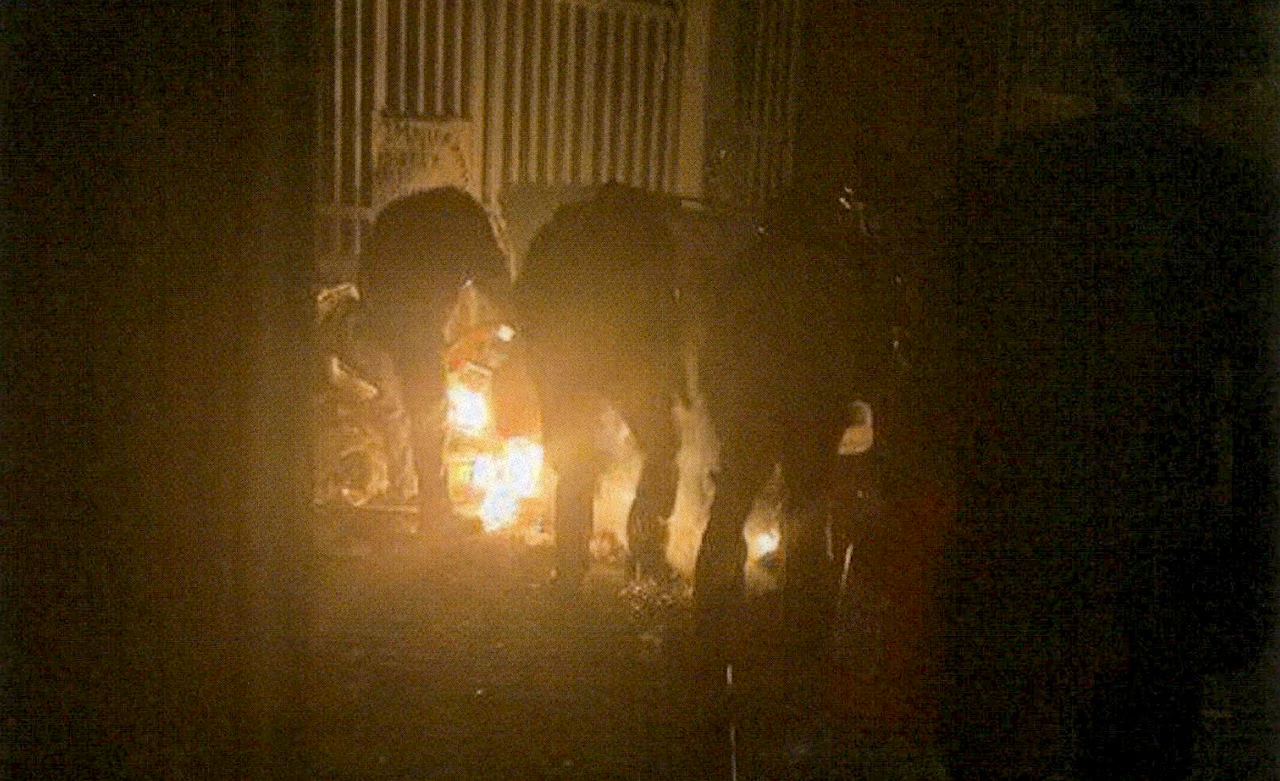Undercover Sources Embedded in Demonstrations
PORTLAND, Ore. — Newly released court records reveal that the Portland Police Bureau (PPB) used confidential informants embedded within protest crowds outside the U.S. Immigration and Customs Enforcement (ICE) facility in South Portland to assist in identifying and arresting demonstrators.
According to case filings reviewed by The Oregonian/OregonLive, at least eight of 50 arrests made by Portland police since June mention the use of “Confidential Reliable Sources” — or informants — operating within protest groups.
The records indicate that these sources were not federal agents but individuals working under direction of local law enforcement, observing and reporting on the actions of other protesters during nightly demonstrations.
Also Read
Details from the Court Records
Prosecutors described the informants as “reliable” individuals who provided real-time updates to officers during protests that often turned chaotic. In several cases, the informants allegedly identified specific people engaging in property damage or resisting police orders, which later led to targeted arrests.
One report described an informant embedded in a crowd of demonstrators wearing black, providing descriptions and movements of “suspects in possession of incendiary devices.” Another filing noted that information from an informant helped officers locate a protester who had “thrown a bottle at a marked police cruiser.”
While the documents do not name the informants, they confirm that the Portland Police Bureau coordinated their placement at several protests held between June and September.
Protests Outside the ICE Facility
The South Portland ICE building has become the epicenter of near-nightly protests for months, with demonstrators gathering to oppose federal immigration policies and the deployment of federal agents to Portland. Crowds have included both peaceful protesters and small groups engaging in vandalism or clashes with law enforcement.
Federal officers from the Department of Homeland Security typically guard the facility, while Portland police assist with traffic control and arrests when demonstrations spill into surrounding streets.
The revelation that local police deployed informants into these protests has raised new questions about surveillance and the line between public safety and political monitoring.
Reaction from Advocates and Officials
Civil liberties groups, including the ACLU of Oregon, said they are reviewing the cases and seeking clarity on how information from informants was collected and used. “Monitoring political protests through informants threatens First Amendment rights,” said one spokesperson. “People should be able to gather and express dissent without fear that those beside them are reporting to police.”
City officials declined to disclose how long informants were used or whether they were paid. In a brief statement, a PPB spokesperson said the tactic was employed “to maintain situational awareness and ensure public safety during volatile events.”
Growing Concerns Over Protest Surveillance
The discovery adds another layer to ongoing concerns about law enforcement surveillance in Portland. Earlier this year, federal officials acknowledged using aerial drones and high-resolution cameras to monitor demonstrations at the same ICE facility.
For many protesters, the use of informants confirms long-held suspicions that police are infiltrating activist circles. “It changes how people show up,” said one organizer. “Now we don’t just fear arrest — we fear each other.”
As protests continue, the revelations have renewed debate over transparency and accountability in Portland’s policing practices — and whether the presence of undercover informants inside political movements erodes the trust of a community already on edge.












